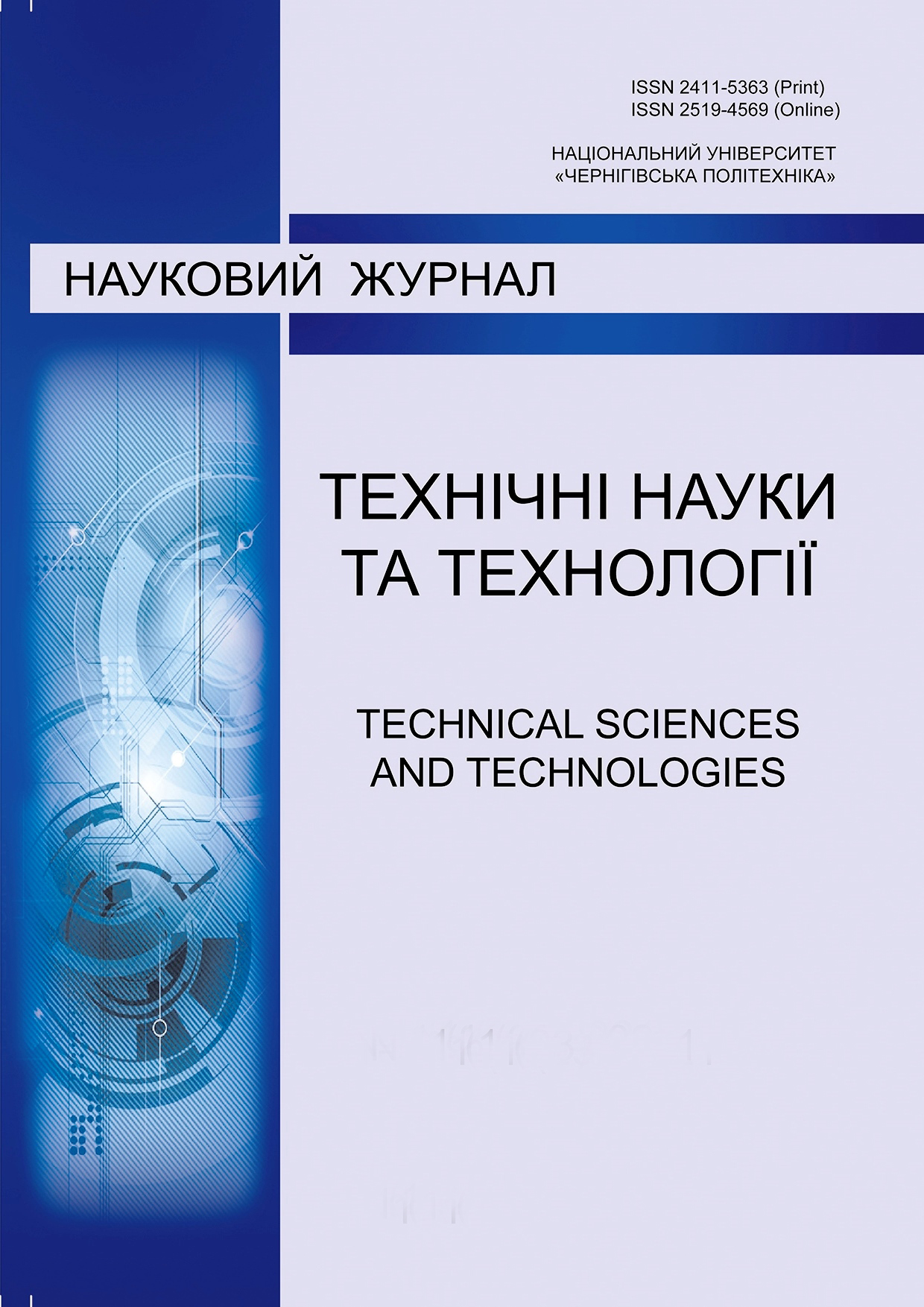Функціональна модель системи виявлення та прогнозування кіберзагроз для корпоративних комп’ютерних мереж з використанням експертних оцінок
DOI:
https://doi.org/10.25140/2411-5363-2024-3(37)-143-152Ключові слова:
кібербезпека; експертні системи; функціональне моделювання; IDEF0; Теорія ігорАнотація
У роботі представлено функціональне моделювання системи виявлення та прогнозування кіберзагроз для кор-поративних комп’ютерних мереж із використанням модуля експертних оцінок. У створеній моделі пропонується використовувати компоненти для виявлення та прогнозування кіберзагроз як джерело наповнення бази знань експер-тної системи, що в поєднанні з експертними оцінками та моделлю на основі теорії ігор, дозволить генерувати звіти та рекомендації щодо кібербезпеки. У роботі описано активності системи, ресурси та механізми виконання згідно зі специфікаціями IDEF0. Зроблено декомпозицію активності «виявлення та прогнозування кіберзагроз із викорис-танням експертних систем» та «виявлення кіберзагроз та мережевих аномалій».
Посилання
Hu, S. D. (2013). Expert Systems for Software Engineers and Managers. Switherland: Springer US. DOI: 10.1007/978-1-4613-1065-5
Wirkuttis, N. and Klein, H. (2017). Artificial Intelligence in Cybersecurity. Cyber, Intelligence, and Security, 1, 103-119.
Hodhod, R. & Khan, S. & Wang, S. (2019). CyberMaster: An Expert System to Guide the De-velopment of Cybersecurity Curricula. International Journal of Online and Biomedical Engineering (iJOE). DOI: https://doi.org/10.3991/ijoe.v15i03.9890.
Goztepe, K. (2012). Designing Fuzzy Rule Based Expert System for Cyber Security. Interna-tional Journal of Information Security Science, 1, 13-19.
Hodhod, R. & Wang, S. & Khan, S. (2018). Cybersecurity Curriculum Development Using AI and Decision Support Expert System. International Journal of Computer Theory and Engineering, 10, 111-115. DOI: https://doi.org/10.7763/IJCTE.2018.V10.1209.
Lakhno, V., Tkach, Y., Petrenko, T., Zaitsev, S., & Bazylevych, V. (2016). Development of adap-tive expert system of information security using a procedure of clustering the attributes of anomalies and cyber attacks. Eastern-European Journal of Enterprise Technologies, 6 (9(84), 32–44. DOI: https://doi.org/10.15587/1729-4061.2016.85600.
Donepudi, P. K. (2015). Crossing point of Artificial Intelligence in cybersecurity. American journal of trade and policy, 2.3, 121-128.
Amarasinghe, A. M. S. N., Wijesinghe, W. A. C. H., Nirmana, D. L. A., Jayakody, A. and Pri-yankara, A. M. S. (2019). AI Based Cyber Threats and Vulnerability Detection, Prevention and Predic-tion System. International Conference on Advancements in Computing (ICAC), Malabe, Sri Lanka. P. 363-368. DOI: https://doi.org/10.1109/ICAC49085.2019.9103372.
Shaukat, K., Luo, S. & Chen, S. & Liu, D. (2020). Cyber Threat Detection Using Machine Learning Techniques: A Performance Evaluation Perspective. DOI: https://doi.org/10.1109/ ICCWS48432.2020.9292388.
An, L., Qiu, J., Zhang, H., Liu, C. (2024). Design of distributed network intrusion prevention system based on Spark and P2DR models. Cluster Computing, 27, 10757–10776. DOI: https://doi.org/ 10.1007/s10586-024-04487-3.
John, A., Isnin, I. F. B., Madni, S. H. H., Muchtar, F. B. (2024). Enhanced intrusion detection model based on principal component analysis and variable ensemble machine learning algorithm. Intel-ligent Systems with Applications, 24. DOI: https://doi.org/10.1016/j.iswa.2024.200442.
Abed, R. A., Hamza, E. K., Humaidi, A. J. (2024). A modified CNN-IDS model for enhancing the efficacy of intrusion detection system. Measurement: Sensors, 35. art. no. 101299. DOI: https://doi.org/10.1016/j.measen.2024.101299.
Sivasubramanian, A., Devisetty, M., Bhavukam, P. (2024). Feature Extraction and Anomaly Detection Using Different Autoencoders for Modeling Intrusion Detection Systems. Arabian Journal for Science and Engineering, 49(9), 13061-13073. DOI: https://doi.org/10.1007/s13369-024-08951-5.
Marko, S., Tsaruk, Y., Skhidnytska, H., Kryshtanovych, M., Nikonenko, U. (2024). Ensuring Cy-bersecurity in the Modern World: Challenges from Artificial Intelligence-Based Fraud Posing a Threat to the Environment. Journal of Ecohumanism, 3(4), 1436-1442. DOI: https://doi.org/10.62754/joe.v3i4.3673.
Fielding, P. J. (2020). How to manage projects. Kogan Page.
Common Vulnerability Scoring System Version 4.0. (2023). First.ORG. URL: https://www.first.org/cvss/v4-0/.
Mishchenko, M., Dorosh, M. (2022). Semantic analysis and classifi-cation of malware for UNIX-like operating systems with the use of machine learning methods. Applied aspects of information technologies, 5(4), 371-386. DOI: https://doi.org/10.15276/aait.05.2022.25.
##submission.downloads##
Опубліковано
Як цитувати
Номер
Розділ
Ліцензія

Ця робота ліцензується відповідно до Creative Commons Attribution-NonCommercial 4.0 International License.


